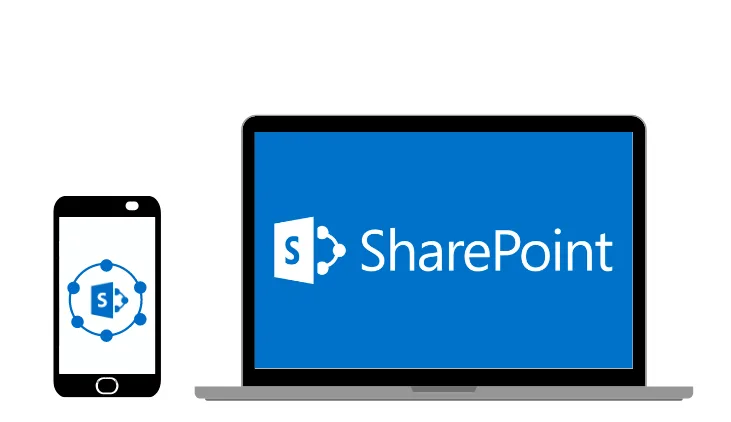SharePoint is an application platform developed by Microsoft for the purposes of collaboration and document management. It is often used in collaboration environments, web publishing platforms and web-based intranet applications. SharePoint contains different modules, which perform different workflows, including: content management workflows, site navigation workflows, business rules workflows, site map workflows and custom author workflows. These workflows can be executed in different ways depending on the application deployed.
In comparison to digital asset management, SharePoint is an enterprise-level collaboration and content management platform that deliver rich functionality like search, workflow integration, collaboration and document management. It is an enterprise-grade web application framework that enables the developers to create and share documents and workflows in an integrated manner. It is designed to allow the collaboration of multiple users across the workplace using common document formats and business rules. Apart from document management, SharePoint includes many other functionality like: search, digital asset management and content integration. The users can also make use of custom functionality such as web forms and web pages.
SharePoint consists of various components including: web services, configuration management, content repository, business intelligence tools, workflows and search engines. Web services are the most important part of SharePoint and they allow the users to retrieve and exchange information and files using the internet. Moreover, SharePoint consists of a content repository that stores the documents and other information. On the other hand, the web services allow the users to retrieve the files and information from the repository and use it according to their needs.
The configuration management component of SharePoint enables users to manage the various systems within SharePoint. It controls the features such as content administration, e-mail, group workflow and projects. The content administration provides users with the ability to manage the items, views, columns and attachments of a topic or a site. Similarly, the e-mail feature allows the organization to send group emails and perform tasks through web requests. With SharePoint, it is easier to manage digital assets like videos, images and other multimedia contents.
The search engine integration of SharePoint makes it a good choice for organizations looking for a search platform. It integrates search functionality with electronic document management and other workflow features of SharePoint, so that employees can search digital assets within the organization. Another important component of SharePoint is the business intelligence tool (BI). It provides users with knowledge management, marketing research, demand forecasting and other business intelligence tools. Business intelligence tools enable managers to obtain real-time information that can help them make strategic decisions for the organization.
There are third-party vendors offering different levels of SharePoint, some of which are more comprehensive than others. These programs integrate seamlessly with SharePoint and web content management systems and can be used in conjunction with third-party commercial products. Some of these programs include: FrontPoint, NetSuite and Intuit QuickBooks. Investing in one of these programs is a good idea because they have the ability to address many business needs, including social media management, digital asset management and the e-mail, enterprise content management and the web content management.
Digital Resources
Digital asset management and asset administration software are used primarily to help managers, marketers, and businesses properly organise, store, track, and extract value from digital resources. Some examples of these resources are movies, music, text, images, computer programs, and so forth. Digital asset management and asset administration software help you understand where and how to store the digital assets that you have so that you can easily retrieve them when you need them. You can create a workflow that is functional, define workflow rules, and set up Digital Asset Management software to meet your specific needs.
Mobile App
While there are many SharePoint benefits and features, one of the most important aspects of SharePoint, and by far its most challenging feature, is the management of its intranet and internet applications. Because SharePoint online accesses and browses different types of web pages, users often need to manage many different sites at once. To help solve this problem, SharePoint introduced the new SharePoint Mobile app (powered by Microsoft Office). The SharePoint Mobile app simplifies the browsing process and lets employees “use” multiple accounts from a single source page. This new SharePoint feature is important for businesses that have several departments that are related to each other and want employees to be able to access the important content from each department at a given time.
Unlike the SharePoint Mobile app, SharePoint Mobile does not use Intranet or other browser technologies to connect to the SharePoint Information Network. Instead, this SharePoint app connects to the SharePoint Mobile site from a mobile device, such as an iPhone or Android smartphone. The SharePoint Mobile app is specifically designed to work with certain cell phone models which allow users to access and browse the SharePoint site without having to sign up for an account or to download and install any software to their computers. Because it requires no sign up, SharePoint Mobile is ideal for small and medium-sized business with several departments who want to take advantage of the integrated user experience on a mobile device.







